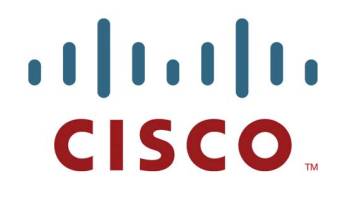Cisco CEO Claims Restructure Offers Competitive Edge

CEO John Chambers said Cisco’s recent reorganisation is delivering a market advantage over its rivals
The painful and company-wide restructuring and job cuts at Cisco Systems, brought on by several disappointing financial quarters, will prove to be a competitive advantage for the networking giant going forward, claimed CEO John Chambers.
Announcing the company’s fiscal fourth-quarter financial figures, he noted that rivals are beginning to undergo the same market pressures – such as significant drops in public sector spending – that have haunted Cisco over the past year.
Chambers Claims Advantage
 Cisco is months along a journey that competitors like Juniper Networks and Riverbed Technology – both of which saw difficult quarters – are just about to begin, Chambers said (pictured). “Our moves now give us the advantage over our competitors,” he added.
Cisco is months along a journey that competitors like Juniper Networks and Riverbed Technology – both of which saw difficult quarters – are just about to begin, Chambers said (pictured). “Our moves now give us the advantage over our competitors,” he added.
Those moves include streamlining its sales, services and engineering units, getting rid of businesses that do not address Cisco’s key markets – the company essentially cut its consumer business and rid itself of its profitable Flip video camera unit – and reducing the workforce by about nine percent by cutting about 6,500 jobs. Workers at the vice president level or higher were cut by17 percent and another 5,000 staff will leave Cisco when the company sells its TV set-top box manufacturing plant in Mexico.
The goal is to cut $1 billion in annual operating expenses and the result will be a more competitive and more focused Cisco, Chambers said.
Last month, Juniper announced an 11 percent drop in income on a 15 percent revenue increase, results that missed analyst targets. Juniper officials said solid sales figures in their switching and router businesses were offset by the difficult economy and other factors. Riverbed’s stock also took a hit last month, despite the company’s 35 percent growth in revenues.
Cisco’s financials were a mixture, though the overall story was one of a company that seems to be finding its footing again. Revenues in the fourth quarter rose 3.3 percent, to $11.2 billion (£6.9bn), and 7.9 percent for the entire fiscal year. In addition, product orders jumped 11 percent. However, net income dropped 12.4 percent, to $2.2 billion (£1.4bn).
Among the bright spots was data centre equipment, in particular Cisco’s UCS (Unified Computing System) business, which saw its run rate jump to $1.1 billion (£678m) with another 2,000 customers signing up, bringing the total number of UCS customers to more than 7,400.
There are still some challenges to overcome, in particular the continued drop in public sector spending which accounts for as much as a fifth of Cisco revenues. Federal government revenues fell 18 percent, while state and local dropped two percent.
Chambers also acknowledged the difficult world economy, particularly in light of the high volatility of stocks in recent days – following the increasing problems in the European Union and Standard & Poor’s decision last week to lower the United States’ bond rating.
For the current quarter, Cisco officials said they expect sales to grow as much as four percent – or between $10.8 billion (£6.7bn) to $11.1 billion (£6.8bn) – over the same period last year